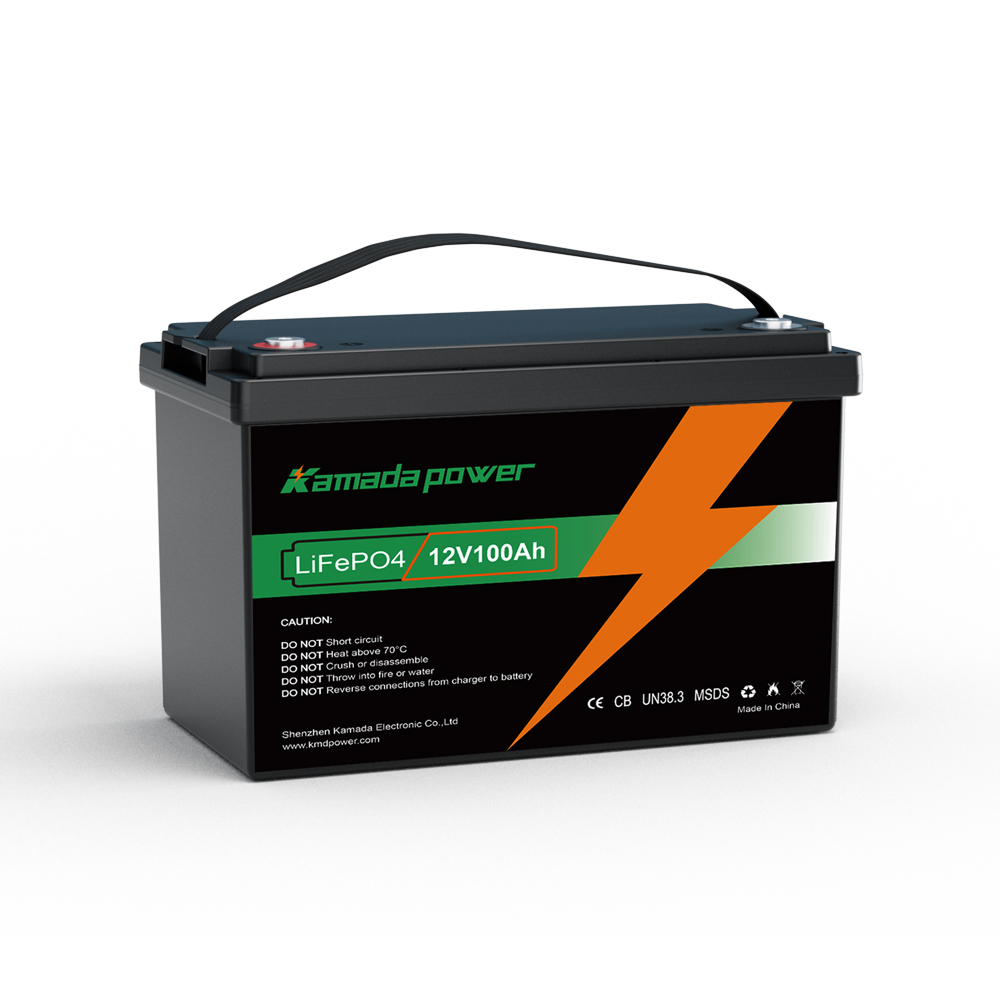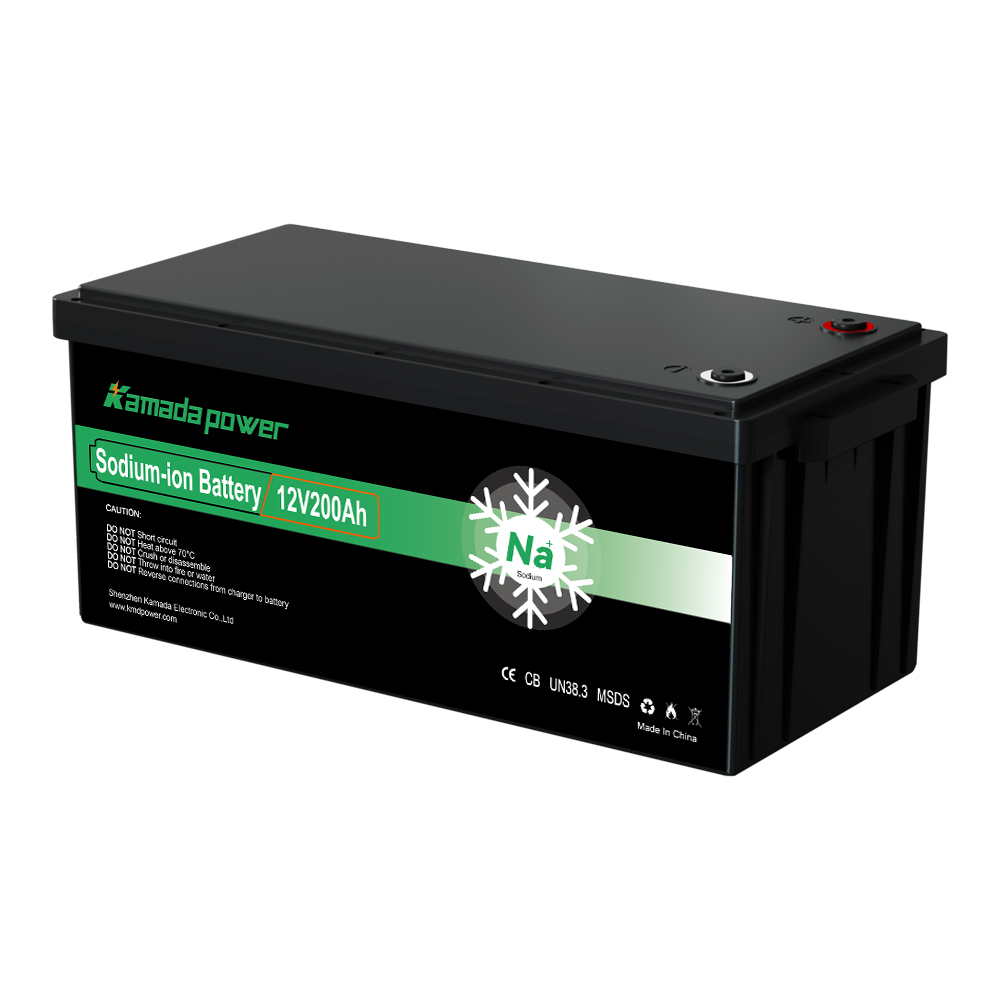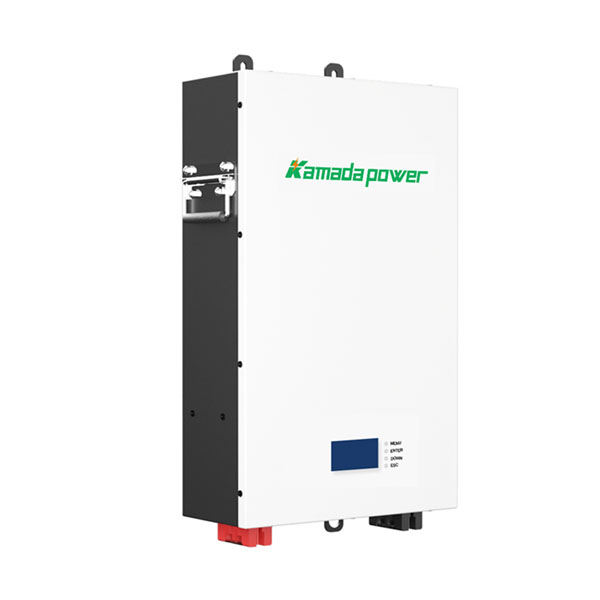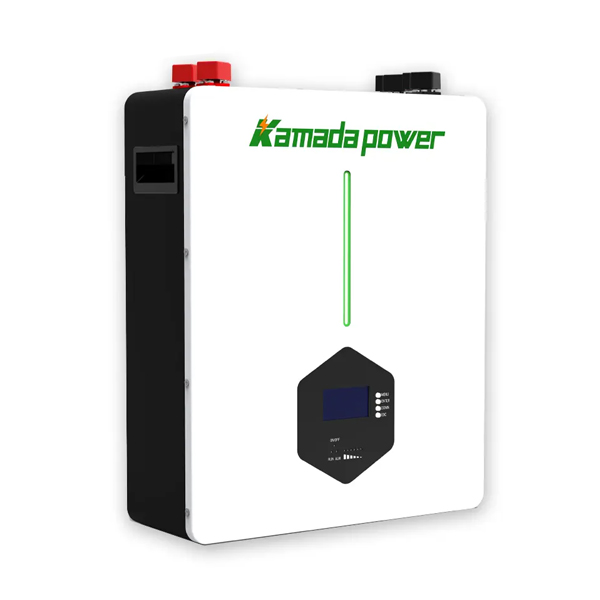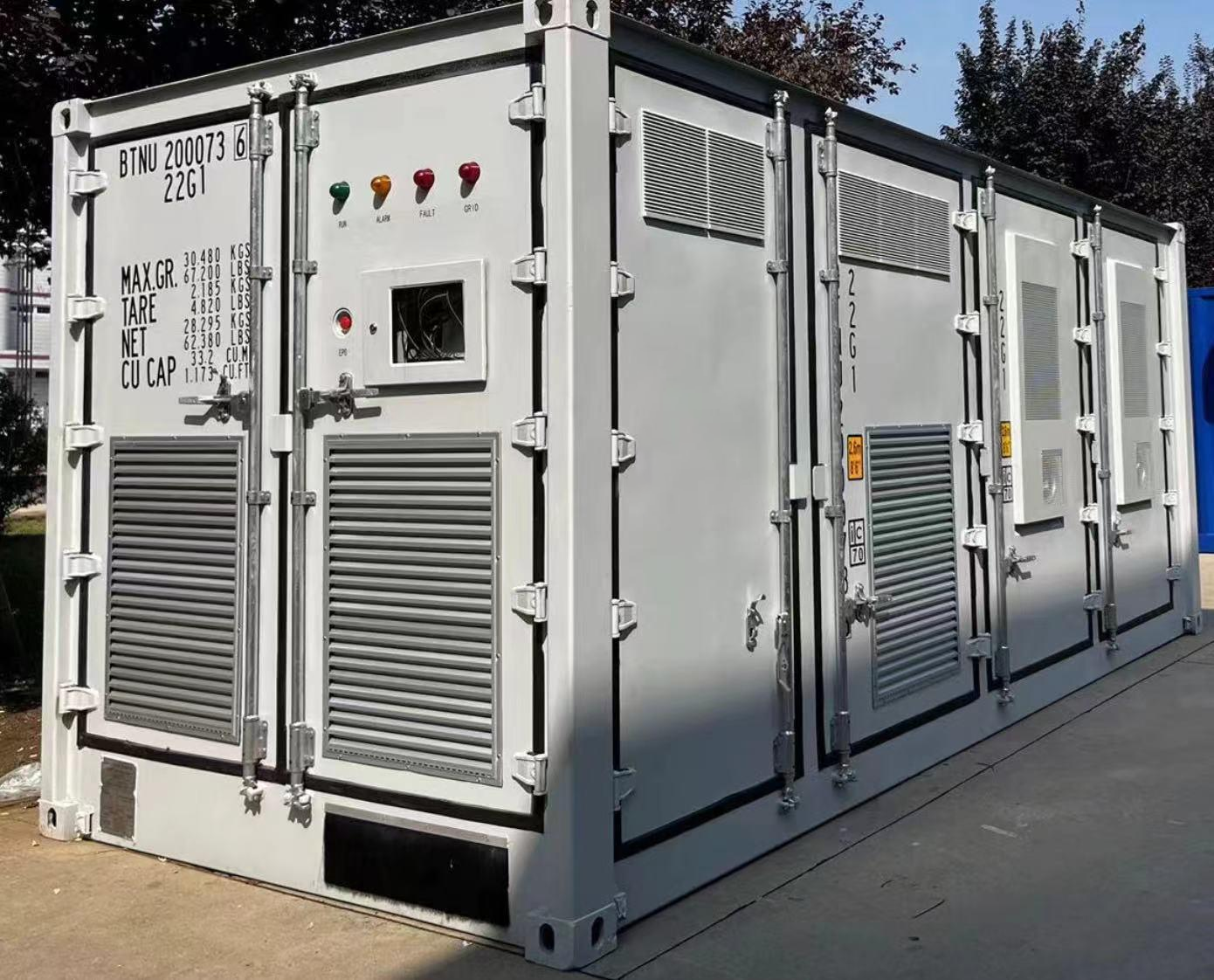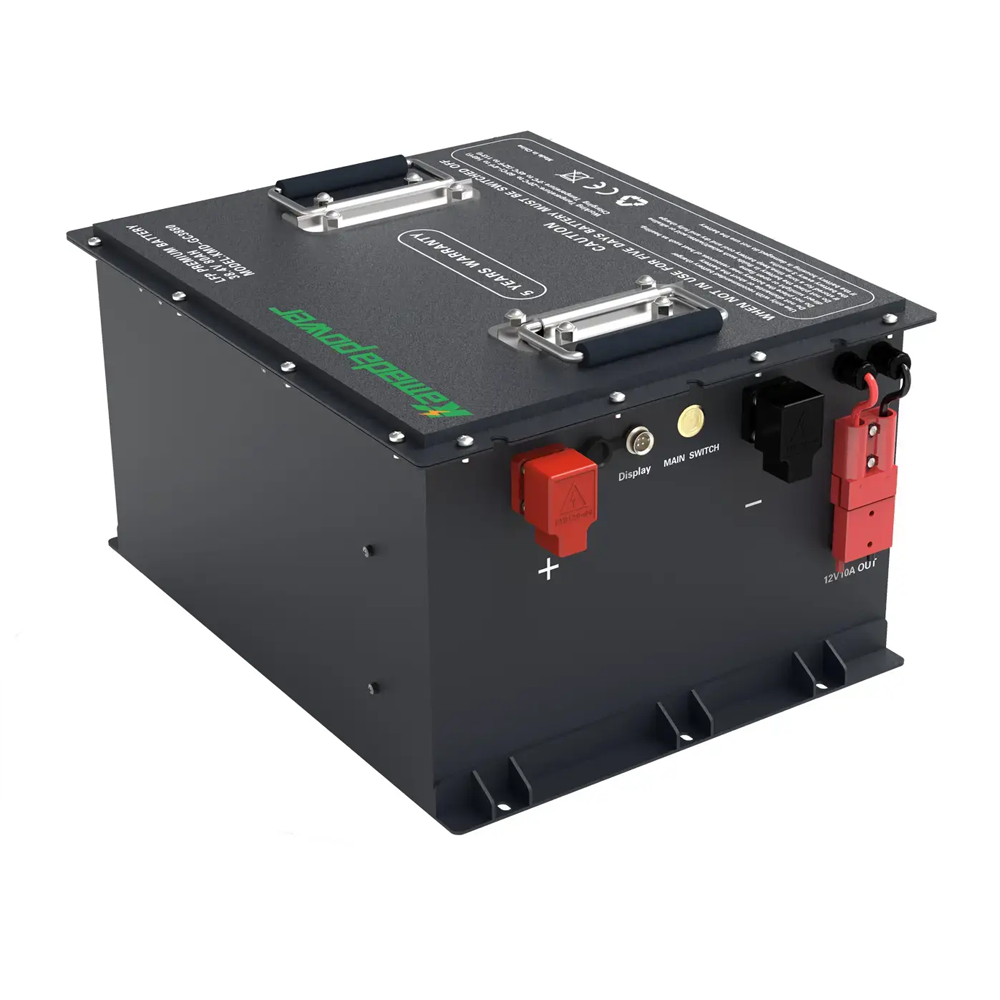A 12V 100Ah Lifepo4 Battery lithium iron phosphate (LiFePO4) battery is a popular choice widely used in various fields, including solar power systems, electric vehicles, marine applications, RVs, camping equipment, automotive customization, and portable devices. When investing in such Battery, a key factor to consider is their service life. In this article, we delve into the various factors affecting the service life of a 12V 100Ah LiFePO4 battery, providing insights into its typical lifespan. Understanding factors such as cycle life, storage temperature, depth of discharge, charging rate, and regular maintenance is crucial in battery selection and usage.
Key Factors Affecting the Service Life of LiFePO4 Battery
5 Key Values of Lifepo4 Battery Chemistry for Users
- Improved Cycle Life: LiFePO4 Battery can achieve thousands of charge-discharge cycles while maintaining over 80% of their initial capacity. This means users can use LiFePO4 Battery for extended periods without frequent replacements, thus saving costs.
- Enhanced Safety: LiFePO4 Battery exhibit higher thermal stability in high-temperature conditions and lower risk of spontaneous combustion compared to other lithium-ion Battery, providing users with a safer usage experience.
- Stable Performance: The stable crystal structure and nanoscale particles of LiFePO4 Battery contribute to their performance stability, ensuring long-term efficient energy output.
- Environmental Friendliness: LiFePO4 Battery are free of heavy metals, making them environmentally friendly and aligned with sustainable development principles, reducing pollution and resource consumption.
- Energy Efficiency: With higher energy density and efficiency, LiFePO4 Battery improve energy utilization, helping achieve energy saving and emission reduction goals and reducing energy costs.
4 Major Factors Affecting the Cycle Life of Lifepo4 Battery
- Controlled Charging:
- It is recommended to use a charging rate of 0.5C to 1C, where C represents the battery’s rated capacity. For example, for a 100Ah LiFePO4 battery, the charging rate should be between 50A and 100A.
- Charging Rate:
- Fast charging typically refers to using a charging rate exceeding 1C, but it’s advisable to avoid this as it may accelerate battery wear.
- Controlled charging involves lower charging rates, usually between 0.5C and 1C, to ensure safe and effective battery charging.
- Voltage Range:
- The charging voltage range for LiFePO4 Battery is typically between 3.2V and 3.6V. During charging, it’s important to avoid exceeding or falling below this range to prevent battery damage.
- Specific charging voltage values depend on the battery manufacturer and model, so refer to the battery’s technical specifications or user manual for exact values.
- Charging Control Technology:
- Advanced charging systems may utilize smart charging control technology to dynamically adjust charging parameters such as current and voltage to maximize battery life. These systems often feature multiple charging modes and protection functions to ensure safe and reliable charging.
| Key Factors Affecting Lifepo4 Battery Cycle Life | Impact on Lifepo4 Battery | Safety Data Metrics |
|---|---|---|
| Depth of Discharge (DoD) | Deep discharge shortens cycle life, while shallow discharge helps extend battery life. | DoD ≤ 80% |
| Charging Rate | Fast charging or high charging rates may reduce battery life, recommending slower, controlled charging. | Charging Rate ≤ 1C |
| Operating Temperature | Extreme temperatures (high or low) accelerate battery degradation, should be used within recommended temperature range. | -20°C to 60°C |
| Maintenance and Care | Regular maintenance, balancing, and monitoring help extend battery life. | Regular Maintenance and Monitoring |
Therefore, in practical operation, it is advisable to choose appropriate charging parameters and control strategies based on the technical specifications and recommendations provided by the battery manufacturer to ensure safe and efficient battery charging, thereby maximizing its lifespan.
How to Estimate the Service Life of a 12V 100Ah LiFePO4 Battery
Concept Definitions
- Cycle Life: Assuming the number of battery cycles used per year is fixed. If we assume one charge-discharge cycle per day, then the number of cycles per year is approximately 365 cycles. Therefore, 5000 complete charge-discharge cycles will last about 13.7 years (5000 cycles ÷ 365 cycles/year).
- Calendar Life: If the battery has not undergone complete charge-discharge cycles, then its calendar life becomes a key factor. Given a battery’s calendar life of 10 years, the battery can last for 10 years even without complete charge-discharge cycles.
Calculation Assumptions:
- The battery’s cycle life is 5000 complete charge-discharge cycles.
- The battery’s calendar life is 10 years.
Apologies for the interruption. Let’s continue:
First, we calculate the number of charge-discharge cycles per day. Assuming one charge-discharge cycle per day, the number of cycles per day is 1.
Next, we calculate the number of charge-discharge cycles per year: 365 days/year × 1 cycle/day = 365 cycles/year.
Then, we calculate the estimated service life: 5000 complete charge-discharge cycles ÷ 365 cycles/year ≈ 13.7 years.
Finally, we consider the calendar life of 10 years. Therefore, we compare the cycle life and calendar life, and we take the smaller value as the estimated service life. In this case, the estimated service life is 10 years.
Through this example, you can better understand how to calculate the estimated service life of a 12V 100Ah LiFePO4 battery.
Of course, here’s a table showing the estimated service life based on different charge-discharge cycles:
| Charge-Discharge Cycles per Day | Charge-Discharge Cycles per Year | Estimated Service Life (Cycle Life) | Estimated Service Life (Calendar Life) | Final Estimated Service Life |
|---|---|---|---|---|
| 1 | 365 | 13.7 years | 10 years | 10 years |
| 2 | 730 | 6.8 years | 6.8 years | 6.8 years |
| 3 | 1095 | 4.5 years | 4.5 years | 4.5 years |
| 4 | 1460 | 3.4 years | 3.4 years | 3.4 years |
This table clearly shows that as the number of charge-discharge cycles per day increases, the estimated service life decreases accordingly.
Scientific Methods to Extend the Service Life of LiFePO4 Battery
- Depth of Discharge Control: Limiting the depth of discharge per cycle can significantly extend the battery’s life. Controlling the depth of discharge (DoD) to below 80% can increase the cycle life by over 50%.
- Proper Charging Methods: Using appropriate charging methods can reduce overcharging and overdischarging of the battery, such as constant current charging, constant voltage charging, etc. This helps reduce internal stresses on the battery and extends its life.
- Temperature Control: Operating the battery within an appropriate temperature range can slow down the battery’s aging process. Generally, maintaining the temperature between 20°C and 25°C is optimal. For every 10°C increase in temperature, the battery’s life may decrease by 20% to 30%.
- Regular Maintenance: Performing regular balanced charging and monitoring the battery’s status helps maintain the balance of individual cells within the battery pack and extends the battery’s life. For example, balancing charging every 3 months can extend the cycle life of the battery by 10% to 15%.
- Suitable Operating Environment: Avoid exposing the battery to prolonged periods of high temperature, high humidity, or extreme cold. Using the battery in suitable environmental conditions helps maintain stable performance and extends its life.
By implementing these measures, the service life of lithium iron phosphate Battery can be maximized.
Conclusion
In wrapping up, we’ve explored the vital role of 12V 100Ah Lifepo4 Battery lithium iron phosphate (LiFePO4) Battery across diverse fields and dissected the factors shaping their longevity. From understanding the chemistry behind LiFePO4 Battery to dissecting crucial factors like charge control and temperature regulation, we’ve uncovered the keys to maximizing their lifespan. By estimating cycle and calendar life and offering practical insights, we’ve provided a roadmap for predicting and enhancing the longevity of these Battery. Armed with this knowledge, users can confidently optimize their LiFePO4 Battery for sustained performance across solar energy systems, electric vehicles, marine applications, and beyond. With a focus on sustainability and efficiency, these Battery stand as reliable power solutions for the future.

